Tag: Glossary
-

Stealer Logs
What is a Stealer Logs? Stealer logs are among the stealthiest and most dangerous tools in a cybercriminal’s arsenal. From quietly harvested browser credentials to entire sessions and sensitive data, these logs fuel credential stuffing, account takeovers, and corporate breaches. In this guide, we’ll define what a stealer log is, explain how infostealer malware works,…
-
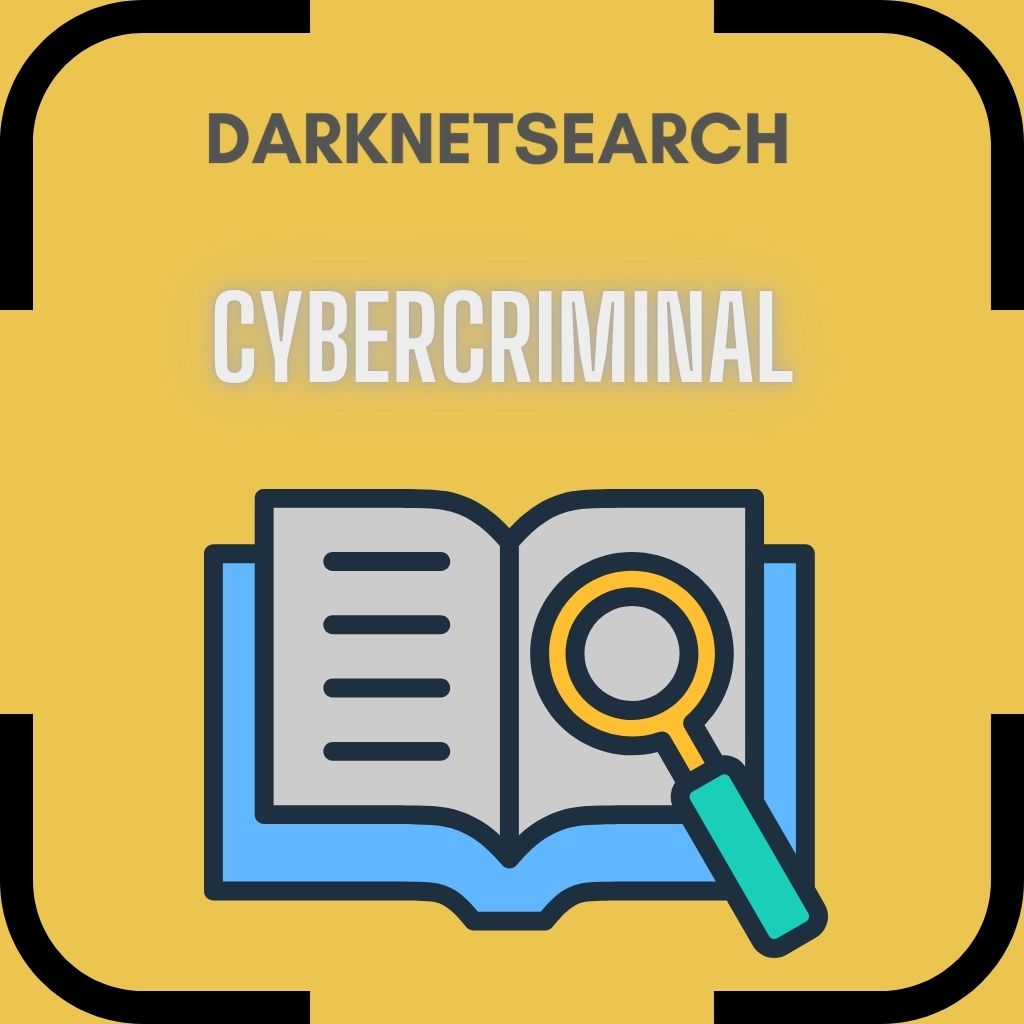
Cybercriminal
What is a cybercriminal? Cybercriminal — this term strikes fear in the hearts of digital natives and businesses alike. But what is a cybercriminal exactly? In this guide, we’ll break down the definition, types, behaviors, and protections you need to know. From identity theft to cyber espionage, a cybercriminal can take many forms and work…
-

API
What is an API? In today’s interconnected digital world, APIs — short for Application Programming Interfaces — are the invisible bridges that allow different software systems to communicate seamlessly. Whether you’re ordering food from your phone, checking the weather, or logging into a website using your Google account, you’re using an API without even realizing…
-

Social Engineering
What is Social Engineering? In cybersecurity, social engineering is one of the most dangerous — yet underestimated — threats. It doesn’t rely on sophisticated malware or advanced code, but on manipulating human behavior to deceive individuals into giving away confidential information or access. 🧠 Unlike technical hacking, social engineering targets the weakest link in any…
-
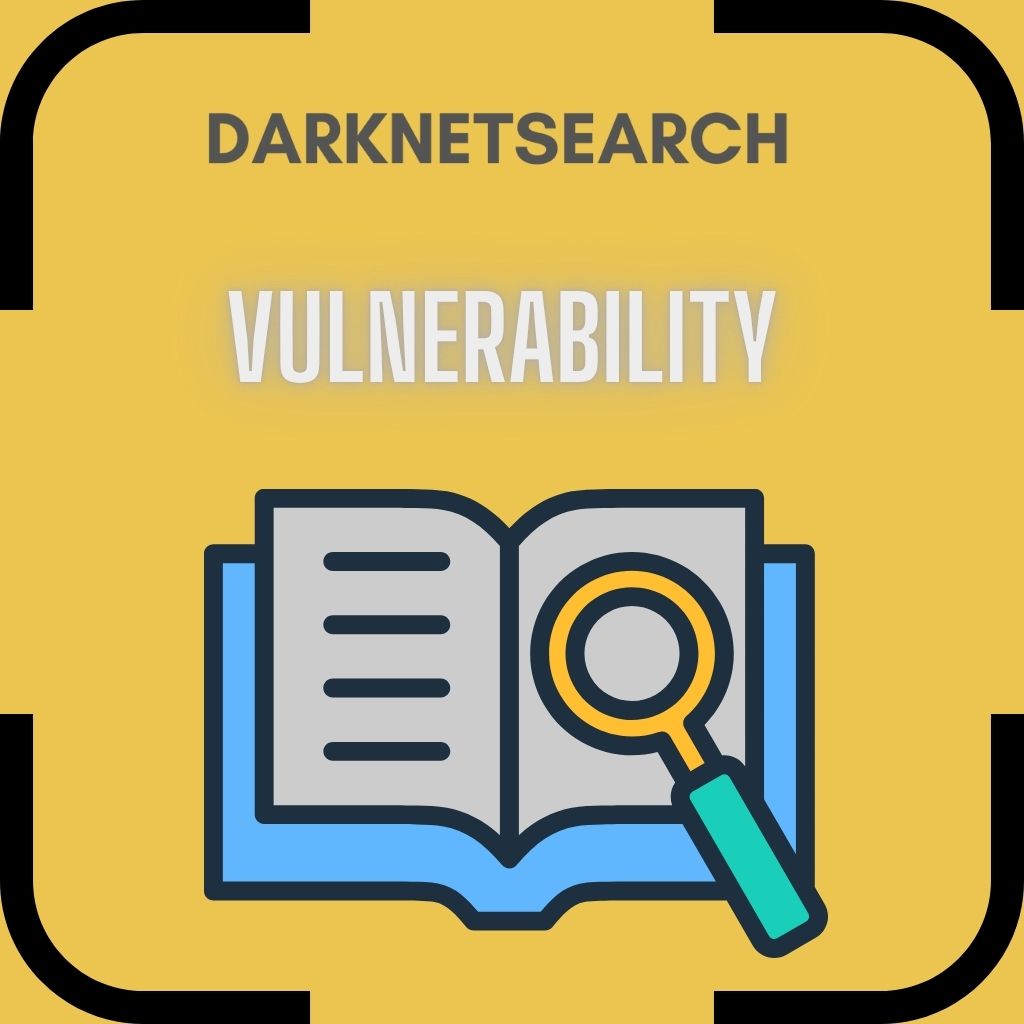
Vulnerability
What is a Vulnerability? In cybersecurity, a vulnerability refers to a flaw or weakness in a system that can be exploited by cybercriminals to gain unauthorized access or cause damage. These vulnerabilities can exist in software, hardware, or even human behavior, and they are one of the most common causes of data breaches today. 💻…
-

Credential Stuffing
What is Credential Stuffing? Credential stuffing has emerged as one of the most common and damaging forms of cyberattacks. 🧠 It’s silent, automated, and highly effective — allowing hackers to hijack thousands of accounts using passwords stolen from unrelated breaches. This guide dives deep into what credential stuffing is, how it works, why it’s so…
-
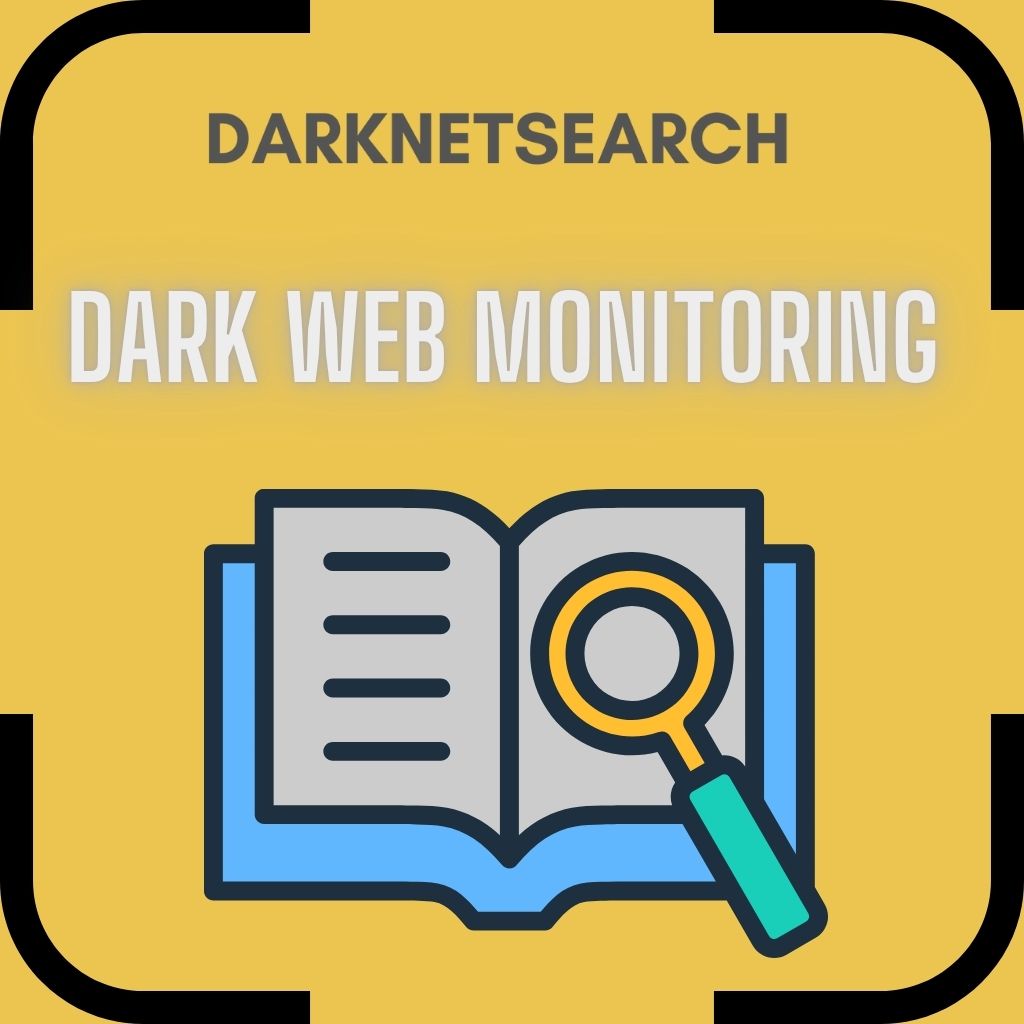
Dark Web Monitoring
What is Dark Web Monitoring? In the hidden corners of the internet, beyond the reach of Google or Bing, lies a network where stolen data is traded like currency. This hidden area is known as the dark web, and the process of tracking your information there is called dark web monitoring. 🌐 For businesses and…
-
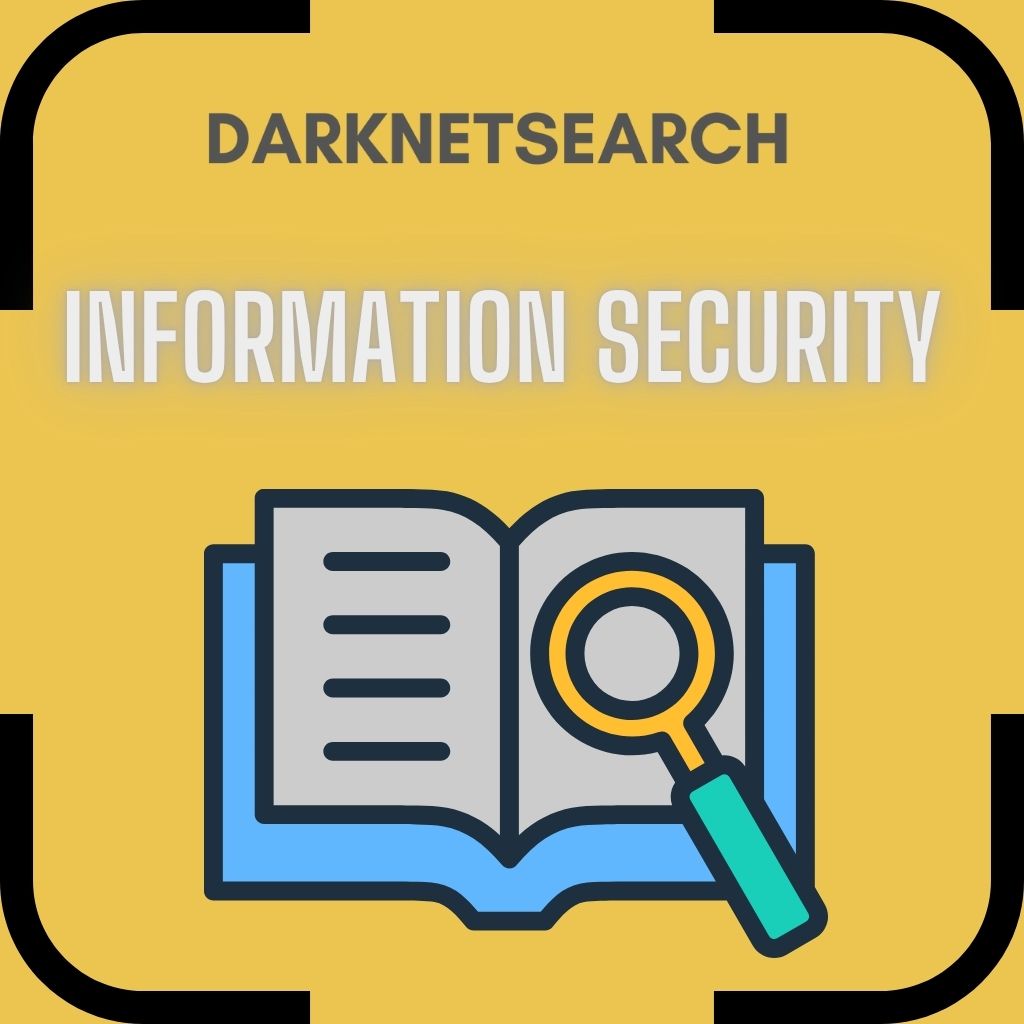
Information Security
What is Information Security? Information security has become a crucial pillar of every organization’s digital strategy. From protecting customer data to securing business operations, information security ensures that sensitive information remains confidential, accurate, and available only to those authorized to access it. 🔐 Without it, even the most advanced companies can fall victim to cyber…
-
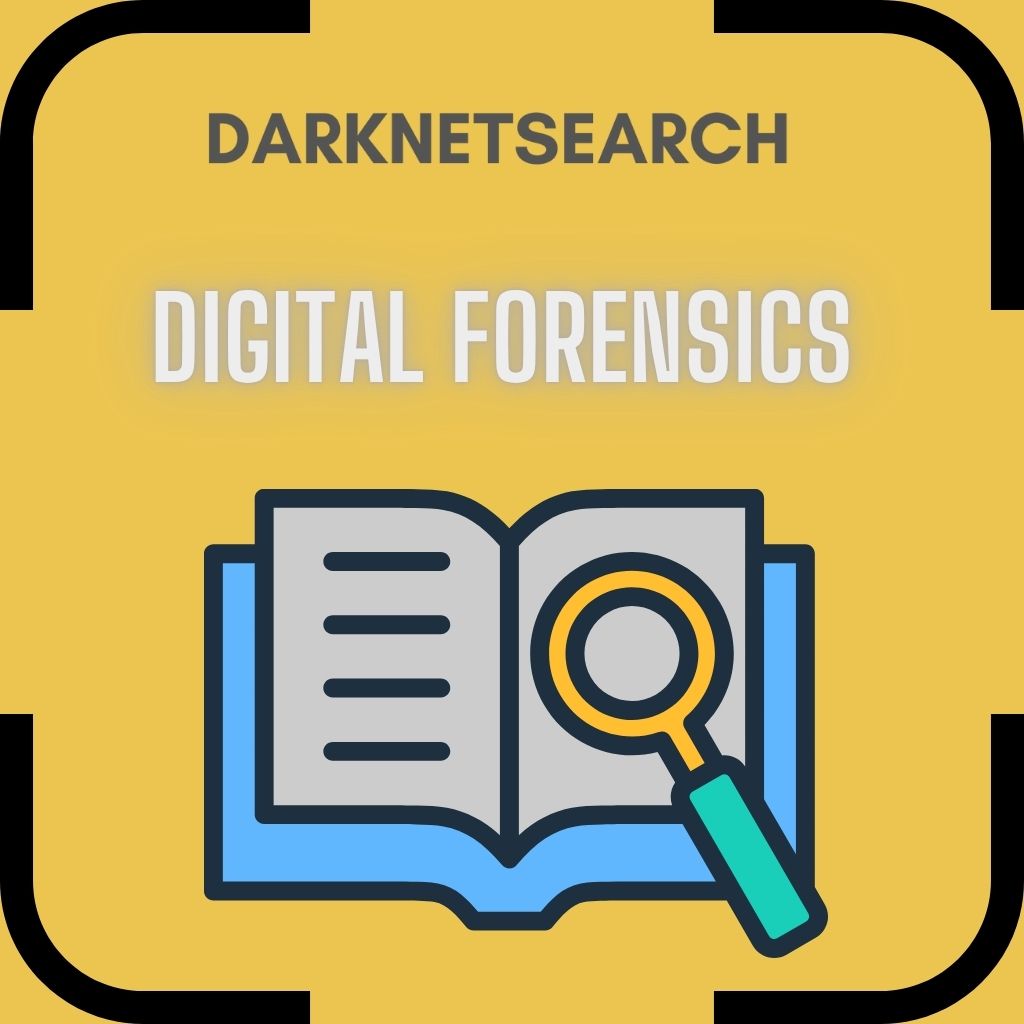
Digital Forensics
What is Digital Forensics? Digital forensics has become one of the most critical fields in cybersecurity. From investigating data breaches to recovering deleted evidence, digital forensic experts play a vital role in uncovering the truth behind cyber incidents. 💻 Whether it’s a ransomware attack, insider fraud, or identity theft, digital forensics helps law enforcement, corporations,…
-

Exploit
What is an exploit? In the world of digital defense, the term exploit in cybersecurity represents one of the most critical and misunderstood concepts. An exploit is a piece of code or technique that takes advantage of a vulnerability in a system, application, or network to perform unauthorized actions. 😈 Whether used by ethical hackers…
